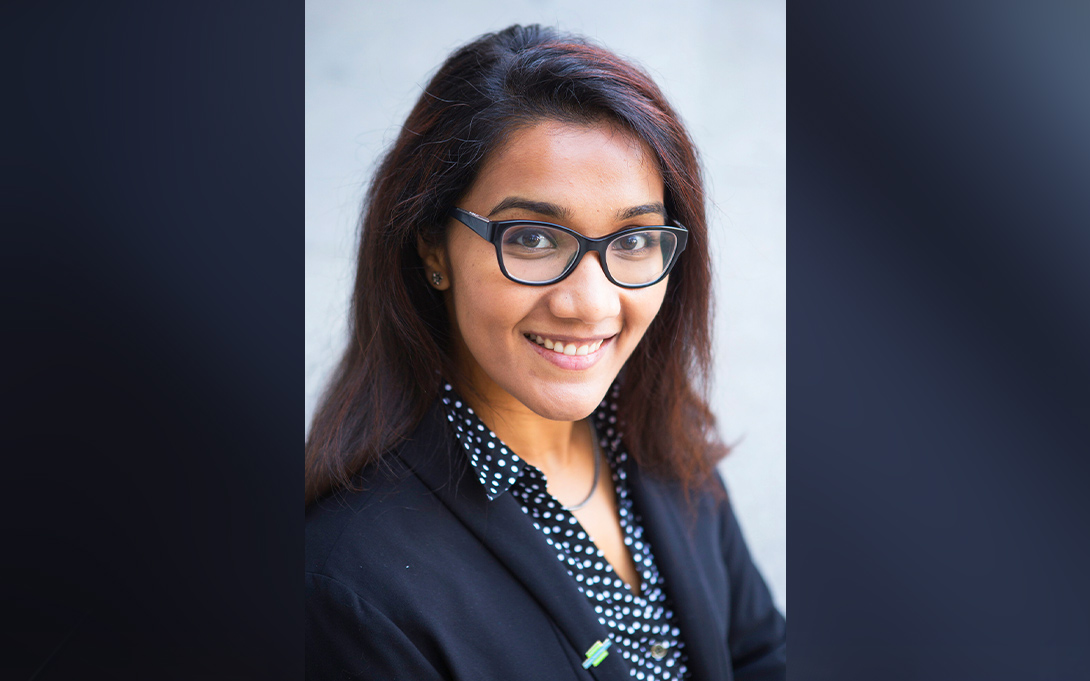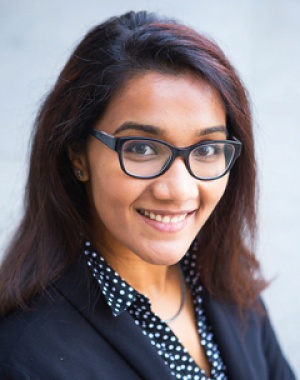
Understanding the intersection of values and science, how coalitions build and evolve, how S&T processes work in different political and policy structures – these have all been immensely useful. And of course all that writing practice! Even had I stayed in the lab, the lessons learned from the STPP program are such a value-add to a STEM graduate degree.
Esha Mathew (PhD '15 - Cell/Cellular and Molecular Biology) is a Foreign Affairs Officer in the Office of Science and Technology Cooperation at the U.S. State Department. Previously she was a Science and Technology Fellow with the American Association for the Advancement of Science (AAAS) posted in the Department of Defense.
How has your work been influenced by your experience at STPP?
I’ve worked in a number of different policy spaces since graduation. STPP lessons have been invaluable across them all. Understanding the intersection of values and science, how coalitions build and evolve, how S&T processes work in different political and policy structures – these have all been immensely useful. And of course all that writing practice! Even had I stayed in the lab, the lessons learned from the STPP program are such a value-add to a STEM graduate degree.
What is the most fulfilling or interesting project you've worked on during your career?
Every role I’ve held has had incredibly meaningful work, but in different ways. For the sake of answering the question, let’s say being a part of the effort on the Tokyo Statement on Quantum Cooperation. Quantum information sciences is such an important emerging technology and is deeply international. Being part of anything that enables closer cooperation is very personally fulfilling, and it’s great for science too.
What did the path to your current role look like?
I used various fellowships to take lessons learned in STPP classrooms to practice. The first was the California Council on Science and Technology, where I worked in the CA State Legislature. From California, I then was a AAAS Science and Technology (S&T) Policy Fellow at the Department of Defense, in an office focused on basic research investments and policy. The collective lessons learned – about S&T policy and myself – led me to the Department of State.
What does your work look like today?
My work currently sits at the interface of S&T and diplomacy. The day to day can vary quite a lot, but in a nutshell, we work to enhance useful, productive, and good faith S&T engagement around the world. This entails close work with partners throughout the U.S. government and with colleagues in other governments.

